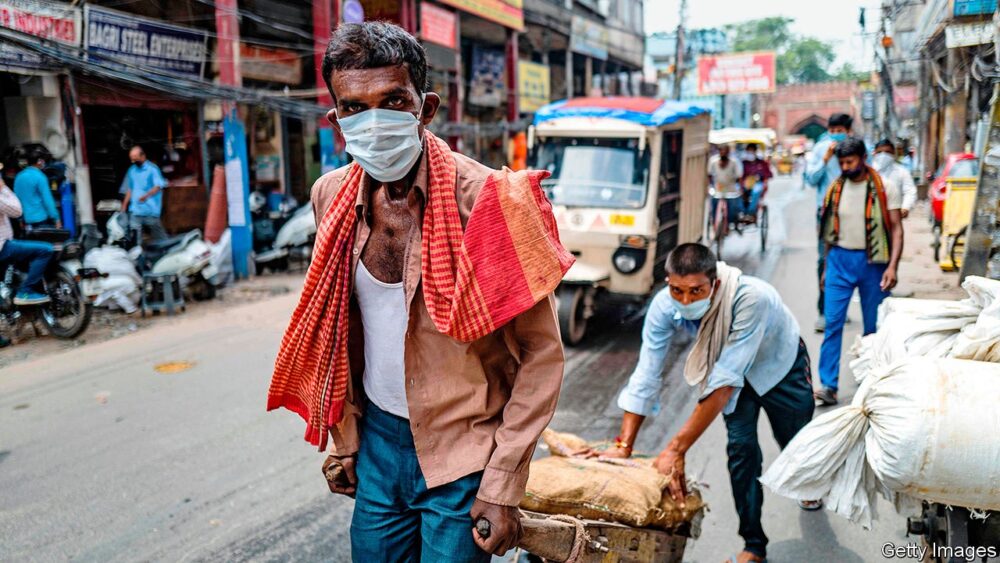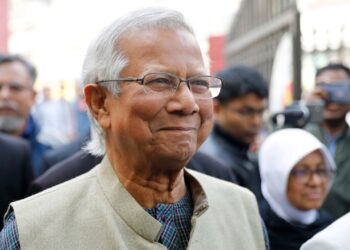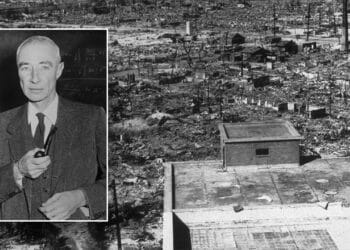Indian Government claims the deteriorating economic condition is due to COVID-19 ( An act of God). When GDP ( gross domestic product) of a country has declined consecutively for two or more successive quarters, we enter the state of contraction in an economy. Q1 of FY2020 witnessed the worst contraction of 23.9% in decades. The severity of the haphazard COVID lockdown impacted the economy most, but pre-COVID trends indicated a weak base and an already declining trend in the economy.
“The Indian economy is in a deeply vicious cycle, where demand is contracting so heavily, while the capacity to neutralise this contraction has also contracted equally because of the tax revenue contraction. Therefore, I don’t see GDP returning to positive territory for six quarters, until the second quarter of next year,” said D. K. Srivastava, chief economist at Ernst and Young.
Enter Q2 of FY 2020, RBI using technical ‘nowcast’ method reported another contraction of 8.6%. Data from findings are yet to be published, but economists have dubbed it as the first technical recession of India.
Numbers may have plunged even lower if companies weren’t cutting costs to maintain operating profits.
With mounting inflation, job losses, salary reductions and diminishing purchasing power there is no assurance that there will be a recovery in the third quarter.

As millions lose their jobs, consumers have held back on spending surplus cash. Household savings have gone up from 7.9% to 21.4%. This indicates the shaky confidence of Indian consumers and presents a grave risk of this household stress bleeding into the financial sector.
The government needs to turn the financial support towards more direct spending and tax relief measures and rely less on liquidity support measures that are guaranteed by credit.
Rising Inflation
Rising inflation rates for a second straight month in October have lowered the chances for RBI to reduce interest rates. Consumer retail inflation stands at 7% as prices of everyday goods continue to soar.RBI has not been able to maintain the inflation within its medium-term target range of 2%-6% for the seventh consecutive month.
:max_bytes(150000):strip_icc()/inflation_FINAL-5c8975c946e0fb0001a0bf75.png)
One palm must grease the other
Indian Government is doing all it can to abdicate its duty while there is need to help exposed people. The concession due to corporate tax cut worth Rs 1.45 lakh crore is a burning example. Amid the pandemic, India has been swift to jump on the privatization bandwagon.
This move will reduce overall jobs, shift the focus from less prevailed locations and rural areas. Lack of a human face and humanitarian approach, private companies will never operate where cost is a high and condensed opportunity for profit-making. The real purpose of this disinvestment is to fill the fiscal deficit caused by the government’s inability to tax the rich, and one palm must grease the other as there are always elections to finance.
Our trust In the Indian government
The per capita GDP of India is anticipated to endure at the US $1,877 against Bangladesh’s US $1,888. while the Indian GDP is expected to decline by 10% Bangladesh will grow at a stable 4%.
This news reinforces our trust in the Indian government, on its way to make the country a global superpower when 300 km of Indian land is illegally occupied by China, the economy is at its weakest, Bangladesh is moving ahead in the growth rate and even Pakistan is rated higher in the Global Hunger index.
Trust changes into an investment, investment changes into growth and those pointers are doing awfully in India for the last five years.
India was amongst the world’s third fastest-growing economies, from there we have been taking a skinny dip to the bottom 10.
Trust is further damaged when the Indian government spends 4880 crore INR to boost public image, money that could have fed 46 million hungry children for a year.
Read more, Defence, Economy, Health, and Rationality- The Worst Ever Under Modi’s Regime
















